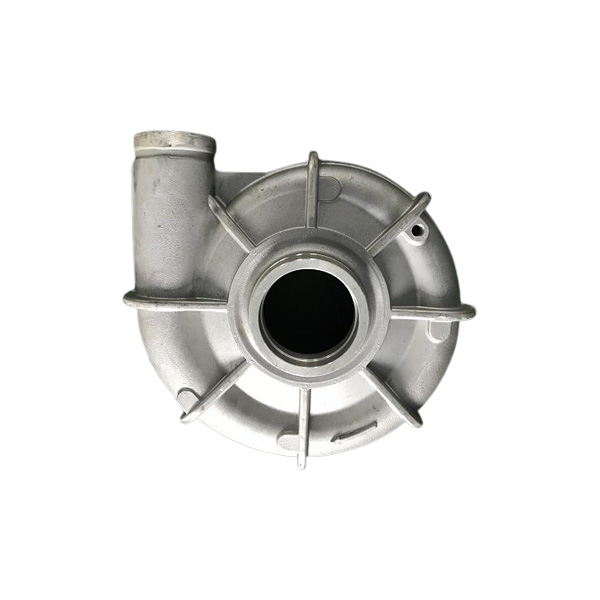Aspects related to fan housings
2024-01-11
A fan housing, also known as a fan shroud or fan enclosure, is a protective structure that surrounds and encases a fan or cooling device. Its primary purpose is to enhance the efficiency and safety of the fan by directing the airflow, preventing foreign objects from interfering with the blades, and providing structural support. Fan housings are commonly found in various applications, including HVAC (Heating, Ventilation, and Air Conditioning) systems, electronic devices, computers, and industrial machinery. Here are some key aspects related to fan housings:
1. Airflow Management:
- Fan housings are designed to optimize the direction of airflow generated by the fan. They can help guide air in a specific direction, improving the efficiency of the cooling process.
2. Safety:
- The housing acts as a safety feature by preventing accidental contact with the fan blades. This is especially important in environments where people or objects may come into close proximity to the fan.
3. Noise Reduction:
- Fan housings can contribute to noise reduction by containing and directing the airflow. They may incorporate features designed to minimize turbulence and vibrations that can lead to increased noise levels.
4. Protection from Debris:
- The housing serves as a protective barrier, preventing foreign objects, dust, and debris from entering the fan. This is crucial for maintaining the fan's performance and preventing damage.
5. Enhanced Cooling Performance:
- By channeling and directing the airflow, fan housings can improve the overall cooling performance of the fan. This is particularly important in applications where temperature control is critical.
6. Structural Support:
- Fan housings provide structural support to the fan assembly. They help secure the fan in place and contribute to the overall stability and durability of the cooling system.
7. Material and Design:
- Fan housings are typically made from materials that are durable and heat-resistant, such as plastic, metal, or a combination of materials. The design may include vents, openings, or ducts to achieve specific airflow patterns.
8. Application-Specific Designs:
- Fan housings can vary in design based on the specific requirements of the application. For example, an industrial fan housing may be designed differently from a computer fan housing.
9. Maintenance Accessibility:
- Some fan housings are designed to allow easy access for maintenance purposes. This can include features such as removable panels or access points for cleaning or replacing fan components.
10. Customization:
- In certain applications, fan housings may be customized to meet specific requirements, such as size constraints, environmental conditions, or airflow patterns.
Overall, fan housings play a crucial role in the proper functioning of fans by ensuring efficient airflow, safety, and protection. The design and materials used in fan housings are often tailored to the specific needs of the application in which the fan is used.



